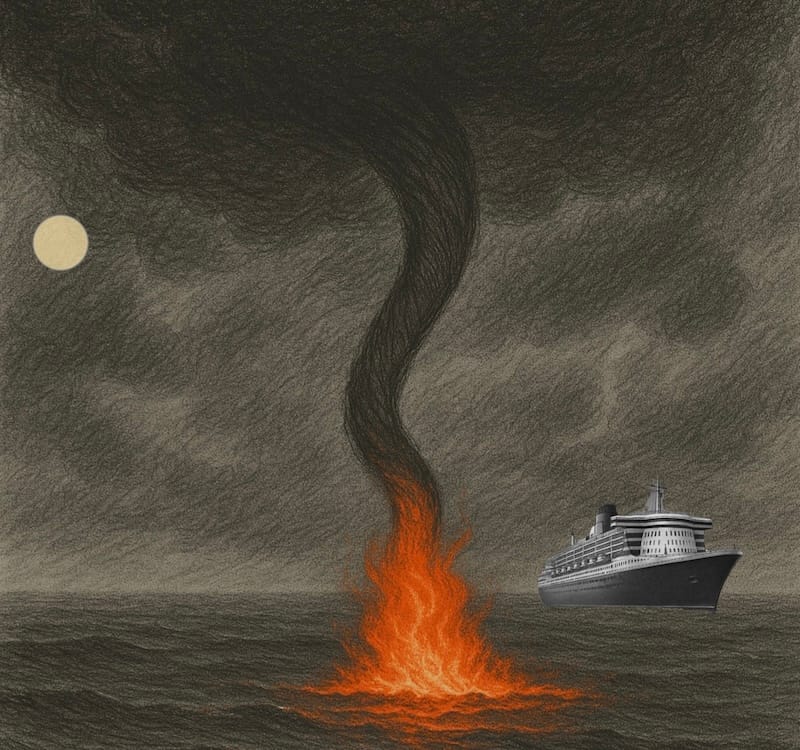Links and helpful resources


https://www.lowimpact.org/categories/sail-boats
The Ultimate Cruisers Planning Guide

This website is a valuable resource as it provides downloadable daily pages of the Nautical Almanac for the entire year, along with celestial exercises and correction tables for the sun, stars, and planets.


History of the sextant:

Extremely rare — occurs when a waterspout forms over water that’s on fire (e.g., oil slick). Observed in a few maritime accidents and naval reports.
In fact, the earliest precursor to the sextant was the astrolabe, used by ancient mariners and astronomers to measure the angle between a celestial object and the horizon.
Also, in the 18th century, John Hadley and Thomas Godfrey independently developed the octant, a predecessor to the sextant.
This instrument could measure angles up to 90 degrees, making it useful for celestial navigation at sea.
The sextant, as we know it today, was developed by John Campbell in the mid-18th century. It allowed mariners to measure angles up to 120 degrees, making it more versatile for navigation.
Certainly, the key innovation in the sextant was the double-reflecting mirror, which eliminated the need to sight the horizon directly. Instead, it allowed users to measure the angle between a celestial object and its reflected image, resulting in more accurate measurements.
Sextants became an essential tool for maritime navigation during the Age of Exploration, greatly improving the accuracy of determining a ship’s position at sea by observing the positions of celestial bodies like the sun, moon, and stars.
Ultimately, with the advent of modern GPS technology, sextants have largely been replaced, but they remain a symbol of the precision and skill required by early navigators to chart their course across the oceans.




